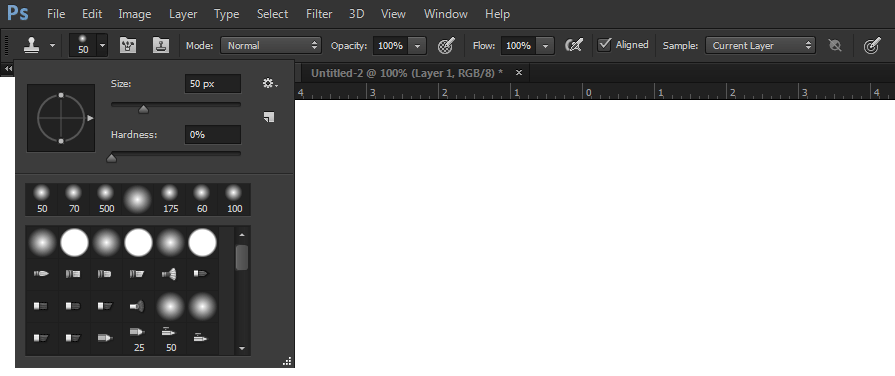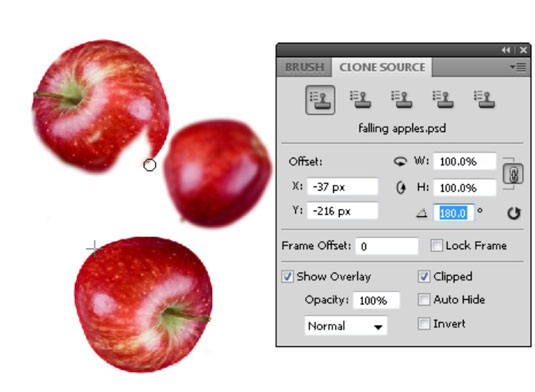

We will copy the picture of model from one place on the canvas to other place. Clone Stamp tool example - Clone image on the canvas The important thing to remember is to constantly keep choosing slightly random new source points to avoid creating patterns.Clone stamp tool in Photoshop is used to clone the pixels of one place to another place.
#Mac using the clone stamp tool after effects skin#
Now all you have to do is select areas of skin that are healthy, unblemished and clean looking as source points for these tools and then paint them over the old or blemished looking skin. As a result, the repaired pixels blend seamlessly into the rest of the image.Ħ. However, the Healing Brush tool also matches the texture, lighting, transparency, and shading of the sampled pixels to the source pixels. Like the Cloning Tool, you use the Healing Brush tool to paint with sampled pixels from an image or pattern.

In order to set the source point you hold the ALT Key (or OPTION on MAC) and click on whatever are you want to sample. The Healing Tool works very much the same way. The source point will move along with your brush as you paint and literally clone whatever the source point is going over.ĥ. This point where you click is what the clone tool will clone as you paint with it. The way the cloning tool works is, you hold the ALT Key (or OPTION on MAC) and click on whatever you want to clone in order to define the source point. The concept behind retouching images using the healing and clone tools is actually very straight forward. Now you can work in this layer and try to retouch it.Ĥ. After this it will ask you to name to layer, so name it, then click ok. Then right click on the "Original" layer and choose Duplicate Layer.


So first turn off the visibility of the "Retouched" layer by clicking the eye icon on the left side of the layer. So what you want to try to do is duplicate the "Original" layer, and try to achieve the same effects that exist in the "Retouched" layers. All the work we will do in this tutorial involves the Cloning Tool, the Healing Tool and layers. You can do this by clicking the little eye icon in the layer.ģ. You can look at the bottom image by turning the visibility of the top layer off. The top layer is the retouched image and the bottom is the original one. In this tutorial we will use a few tools in Photoshop to make this old man, look younger. These are the two images that are in the retouch.psd file that you downloaded from this week's source files(iat100_week4_files.rar)Ģ. Retouching your images with Clone/Healingġ. The key difference with the healing Brush tool is that it matches the texture, lighting and shading of the sample pixels to the target pixels, this creates a smoother and more seamless repair of unwanted pixels


 0 kommentar(er)
0 kommentar(er)
